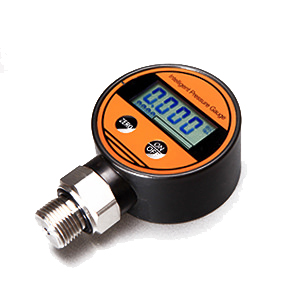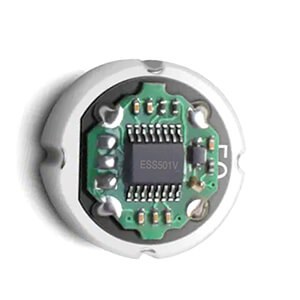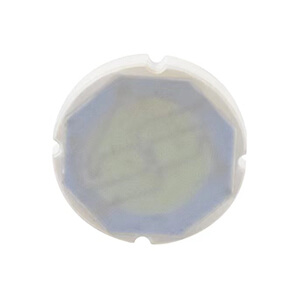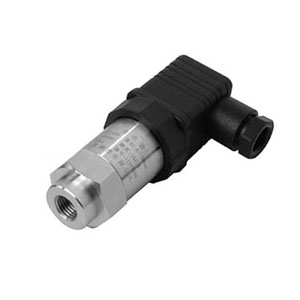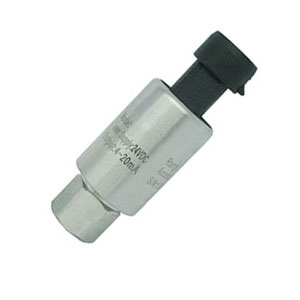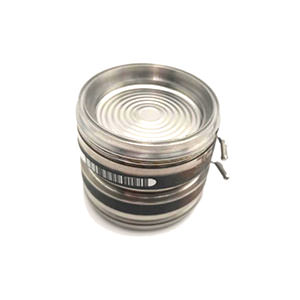What is silicon piezo resistive sensing
The underlying principle of silicon piezo-resistive pressure sensing is the piezo-resistive effect, where the electrical resistance of certain materials, in this case, silicon, changes when subjected to mechanical stress or pressure. By leveraging this phenomenon, silicon piezo-resistive pressure sensors can accurately detect and measure pressure variations.
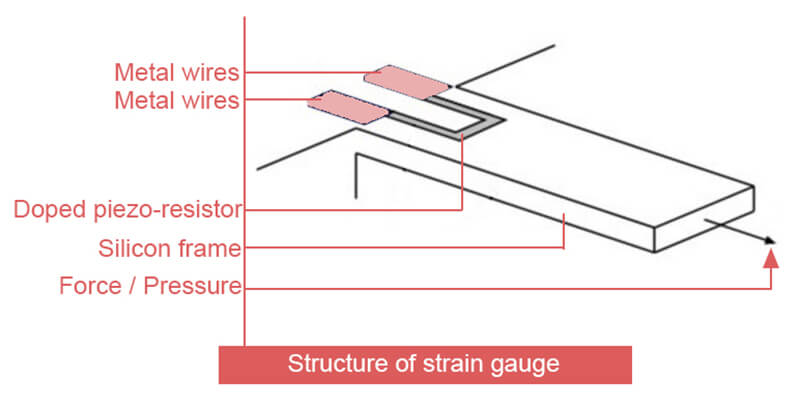
The key components of a silicon piezo-resistive pressure sensor are:
Silicon Substrate:
- The sensing element is fabricated on a silicon substrate, which serves as the foundation for the sensor.
- Silicon is chosen due to its excellent mechanical properties, enabling it to withstand the applied pressure without deformation.
Piezo-Resistors:
- Piezo-resistors are carefully diffused into the silicon substrate, precisely positioned to detect the pressure-induced changes.
- These piezo-resistors are typically made of doped silicon, which exhibits a strong piezo-resistive effect.
- The resistance of the piezo-resistors varies linearly with the applied pressure, allowing for accurate pressure measurement.
![]()
Wheatstone Bridge Configuration:
- The piezo-resistors are arranged in a Wheatstone bridge circuit, which is a fundamental electrical configuration used to measure small changes in resistance.
- This configuration enables the sensor to detect the pressure-induced resistance changes and convert them into an electrical output signal, typically a voltage or current.
![]()
How silicon piezo resistive working
As mentioned above, the working principle of silicon piezo-resistive pressure sensors is based on the piezo-resistive effect, which is the fundamental phenomenon that enables these sensors to detect and measure pressure changes.
Pressure Application
- When an external pressure is applied to the sensor, the silicon substrate experiences mechanical deformation, which in turn causes the piezo-resistors to undergo a change in their electrical resistance.
- The magnitude of the resistance change is directly proportional to the applied pressure, following a linear relationship.
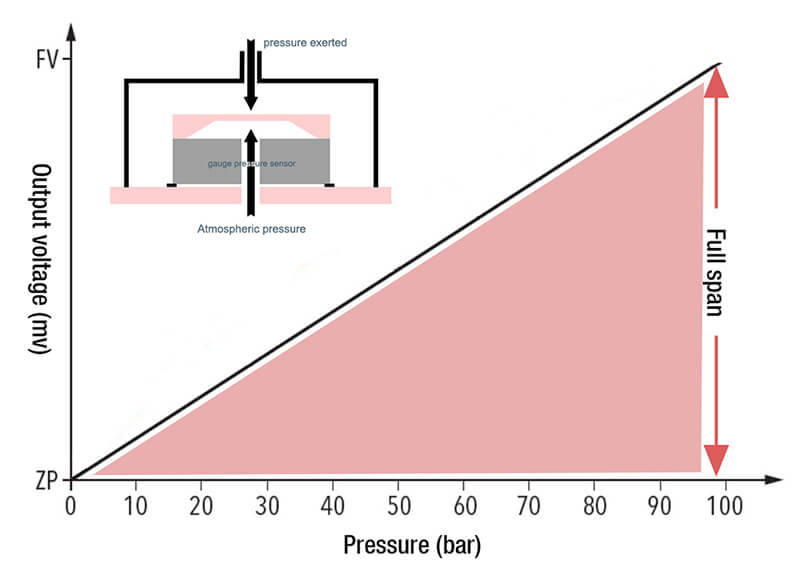
Wheatstone Bridge Configuration:
- The piezo-resistors are connected in a Wheatstone bridge circuit, which is a well-established electrical arrangement used to measure small changes in resistance.
- In the Wheatstone bridge, the piezo-resistors are connected in such a way that two of them experience an increase in resistance, while the other two experience a decrease in resistance, when pressure is applied.
- This differential resistance change creates an electrical imbalance in the Wheatstone bridge, which can be measured as a voltage or current output.
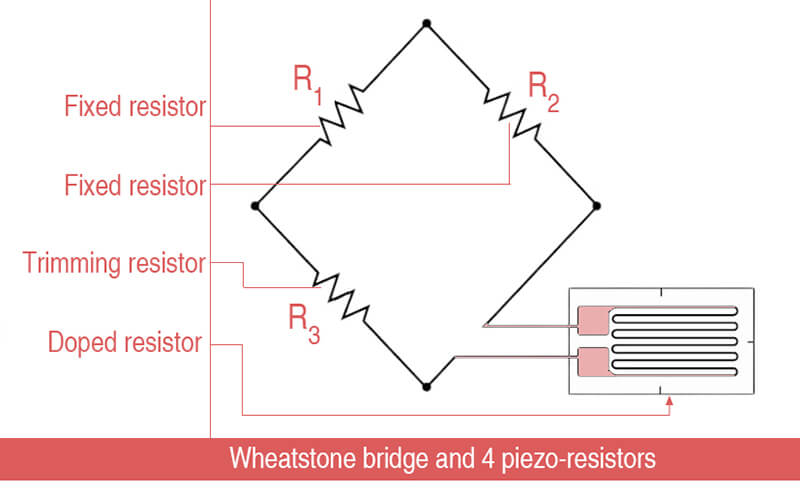
Signal Conditioning and Amplification:
- The small voltage or current output from the Wheatstone bridge is then processed by signal conditioning circuitry, which typically includes amplifiers, filters, and analog-to-digital converters (ADCs).
- The signal conditioning stage amplifies the sensor output, filters out any unwanted noise, and converts the analog signal into a digital format for further processing and analysis.

Silicon piezo resistive Example: diffused silicon pressure sensor
The diffused silicon pressure sensor is a device that fabricated under the principle of Silicon piezo resistive sensing, in case of diffused silicon pressure sensor, the externally applied pressure is transferred to a sensitive chip through a stainless steel diaphragm and internally sealed silicon oil (the sensitive chip does not directly contact the tested medium).
This causes the diaphragm to produce a micro-displacement proportional to the medium pressure, causing a change in the sensor’s resistance value. This change is detected by an electronic circuit and converted into a standard measurement signal corresponding to this pressure.
With its high sensitivity output, good dynamic response, high measurement accuracy, good stability, and easy miniaturization, it is sensitive to temperature. However, it is the preferred choice for mid-range sensors that can measure pressures greater than 7kPa, but less than 1000bar normally.
How diffused silicon pressure sensor fabricated?
The fabrication of diffused silicon pressure sensors involves a series of well-established semiconductor manufacturing processes, which leverages the semiconductor manufacturing techniques, enables the production of high-quality, reliable, and cost-effective silicon piezo-resistive pressure sensors.
Let’s delve into step by step as following,
- Silicon Wafer Preparation
- Thermal Oxidation
- Photolithography
- Dopant Diffusion
- Interconnect Formation
- Packaging and Passivation
![]()
The precision and control achieved during above fabrication steps are crucial in delivering the exceptional performance characteristics that make these sensors so widely used in various industries.
Pros and cons
Firstly, let’s delve into the key strengths that have made silicon piezo-resistive pressure sensors a go-to solution for so many applications.
Pros 1: Unparalleled Sensitivity and Precision
One of the standout features of these sensors is their exceptional sensitivity, with typical values ranging from 0.1 to 10 mV/V/kPa. This remarkable responsiveness allows them to detect and measure even the slightest pressure changes, making them invaluable in applications that demand the utmost precision, such as industrial process control, medical equipment, and high-performance automotive systems.
Pros 2: Remarkable Accuracy and Linearity
Accuracy is another area where silicon piezo-resistive pressure sensors truly shine. With errors typically less than 0.1% of the full-scale output, these sensors deliver unparalleled precision, ensuring reliable and consistent pressure measurements. Moreover, the highly linear pressure-to-output relationship simplifies the calibration and signal processing requirements, further enhancing the overall performance.
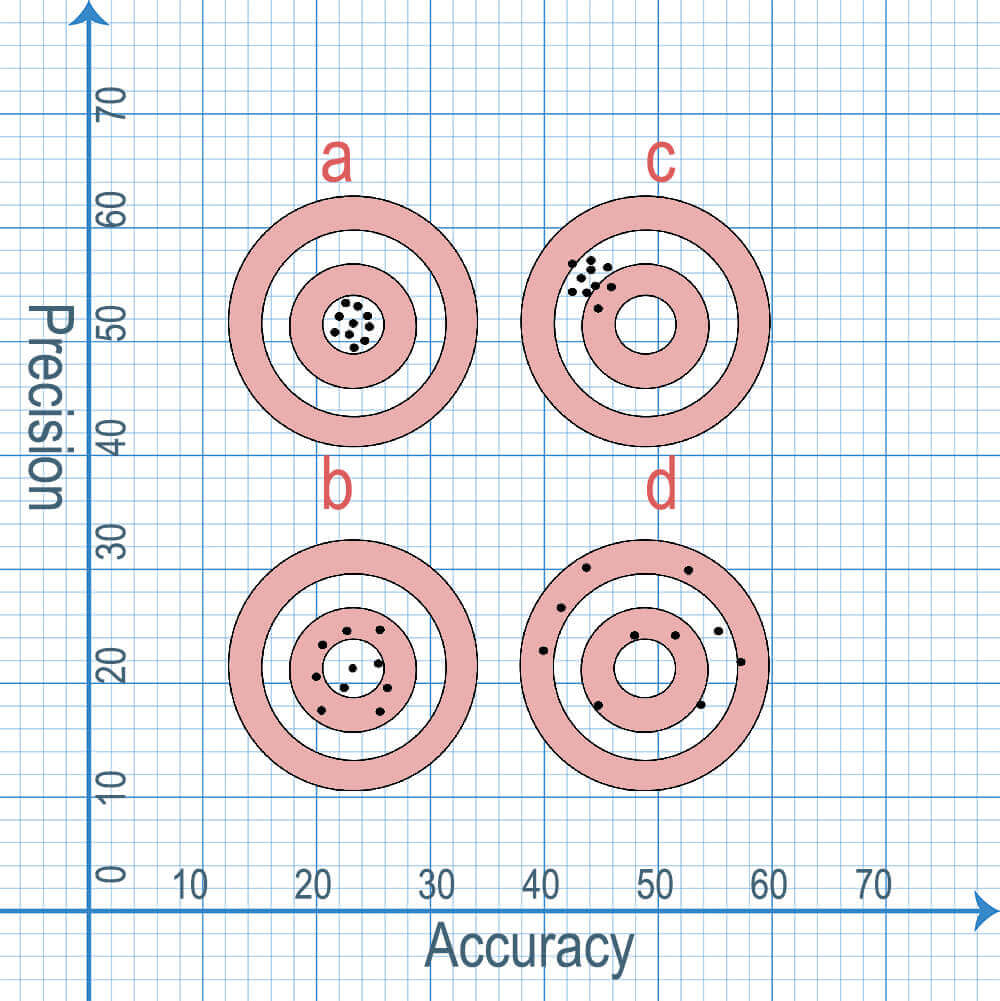
Pros 3: Lightning-Fast Response Times
In today’s fast-paced world, speed is of the essence. Silicon piezo-resistive pressure sensors rise to the challenge, boasting response times in the microsecond range. This lightning-fast performance enables real-time pressure monitoring and control, making them indispensable in applications that require rapid, high-precision pressure management.
Pros 4: Exceptional Temperature Stability and Durability
Engineered to withstand the rigors of demanding environments, silicon piezo-resistive pressure sensors are designed to maintain their performance across a wide temperature range, typically from -40°C to 125°C or beyond. Coupled with their inherent reliability and resistance to factors like vibration, shock, and corrosion, these sensors ensure consistent and dependable pressure measurement, even in the most challenging conditions.
While the advantages of silicon piezo-resistive pressure sensors are truly impressive, it’s important to acknowledge the potential drawbacks that engineers must consider when selecting the appropriate technology for their applications.
Cons 1: Sensitivity to Mechanical Stress and Strain
As these sensors rely on the piezo-resistive effect, they are inherently sensitive to mechanical stress and strain, which can impact their output. Careful design and packaging are required to minimize the influence of external mechanical forces on the sensor performance.
Cons 2: Temperature Dependence and Compensation
While modern silicon piezo-resistive pressure sensors have improved temperature stability, there is still some residual temperature dependence in their output. This necessitates the implementation of temperature compensation circuitry or algorithms to maintain accurate pressure measurements across a wide temperature range.
cons 3: Susceptibility to Moisture and Environmental Factors
Silicon-based sensors can be vulnerable to moisture and other environmental factors, which can potentially degrade their performance or even lead to sensor failure. Robust packaging and sealing techniques are essential to protect the sensor from these environmental influences.
Cons 4: Manufacturing Complexity and Cost
The fabrication of silicon piezo-resistive pressure sensors involves a multi-step semiconductor manufacturing process, which can be more complex and costly compared to some alternative pressure sensing technologies. This complexity can impact the overall cost and scalability of sensor production.
Cases that silicon piezo resistive is not suitable
Case 1: Dynamic, vibration or shock
One of the primary drawbacks of silicon piezo-resistive pressure sensors is their inherent sensitivity to mechanical stress and strain. This sensitivity, which is a core aspect of their operating principle, can become a double-edged sword in certain applications. For instance, in environments with high levels of dynamic, vibration or shock, the sensor output may be susceptible to interference from these external mechanical forces, leading to inaccuracies and potential failures.
In such cases, alternative pressure sensing technologies (piezo-electrical sensing) that are less sensitive to mechanical disturbances may be more appropriate.
Case 2: Rapid temperature fluctuations
While modern silicon piezo-resistive pressure sensors have made significant strides in improving temperature stability, there is still some residual temperature dependence in their output. In applications where the operating temperature range is particularly wide or where rapid temperature fluctuations are common, the need for sophisticated temperature compensation circuitry or algorithms can add complexity and cost to the overall system design.
For these scenarios, pressure sensors with inherently better temperature stability or self-compensation capabilities may be a more suitable choice.
Case 3: Some corrosive projects
Silicon-based pressure sensors, like many electronic devices, can be susceptible to the detrimental effects of environmental factors such as moisture, corrosive substances, and extreme atmospheric conditions. In applications where the sensor is exposed to harsh environments (for example ocean water) or where it must operate in the presence of these environmental stressors, the need for robust packaging and sealing becomes paramount.
Failure to adequately protect the sensor can lead to performance degradation, premature failure, and unreliable pressure measurements. In such cases, the use of specialized enclosures or the selection of pressure sensors designed for rugged environments may be necessary.
For example, in some corrosive seawater monitor system, it is better to use titanium alloy housing, ceramic capacitive sensing type level/ pressure transmitter, check details of: EST341 ceramic capacitive sensing transmitter
Case 4: Affordable budget cap
The fabrication of silicon piezo-resistive pressure sensors involves a multi-step semiconductor manufacturing process, which can be more complex and costly compared to some alternative pressure sensing technologies. In applications where cost is a critical factor or where the production volumes are relatively low, the higher manufacturing complexity of silicon sensors may make them less economically viable. In such scenarios, engineers may need to explore more cost-effective pressure sensing solutions (like ceramic piezo-resistive sensing instead) that still meet the necessary performance requirements.
Case 5: Other cases that more than the limitation
Let’s take an example of ESS319, one of the most popular models of silicon piezo resistive pressure sensor made by Eastsensor, the minimal measurable pressure is 7kpa, and max is 1000bar, any pressure if range less than 7kpa, or bigger than 1000bar (check EST380 for 2200bar), then silicon piezo resistive solution will be no the best one.
The most workable operation temperature for silicon piezo resistive is -40℃ to 85℃, any working temperature lower or higher than that, it is better to look for other solution, check the details in our blog: how to handle in extreme and harsh environments
The widely accepted accuracy for silicon piezo resistive sensing is 0.1% -0.5%/FS, if the project need higher accuracy, for example, 0.075 or 0.05%/FS, you may need to refer to EST4300M industry pressure solution.
Comparison among different piezo-resistive sensing
| Silicon Piezo-resistive | Ceramic Piezo-resistive | Thin-film Piezo-resistive | |
|---|---|---|---|
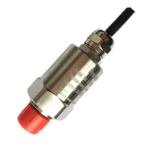 | 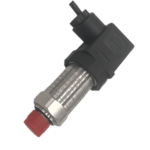 |
||
| Click to product page | EST330S | EST3120 | EST380 |
| Datasheet | Download | Download | Download |
| Principle | Piezo-resistive effect | Piezo-resistive effect | Piezo-resistive effect |
| Fabrication method | Diffused Silicon (single) | Thick-film Print | Thin-film spluttering |
| Sensing element | Made of silicon, where piezo-resistors are diffused into the silicon substrate. | Made of a ceramic material, typically a mixture of oxides, onto which a thick-film piezo-resistive layer is deposited. | fabricated using a sputtering deposition process, where a thin layer of piezo-resistive material is deposited onto a substrate, often silicon or ceramic. |
| MOC | SS316 | Ceramic Al2O3, dry type | Silicon nitride (Si3N4), ceramic |
| Min pressure to measure | 0-7kpa | 0-0.05bar | 0-4bar |
| Max pressure to measure | 0-1000bar | 0-480bar | 0-2200bar |
| Filled fluid | Silicon Oil | None | None |
| Highlight features | • High sensitivity • High stability • Good linearity • Temperature compensation | • High temperature resistance • Good chemical resistance • Cost-effective for high volume production | • High sensitivity • Good stability over time • Suitable for high-pressure applications |
| Suitable industry | • Biomedical instruments • Precision industrial controls • Aerospace and defense | • Automotive (e.g., engine management systems) • HVAC systems • Industrial process control | • Aerospace • Oil and gas industry • High-precision industrial applications |

